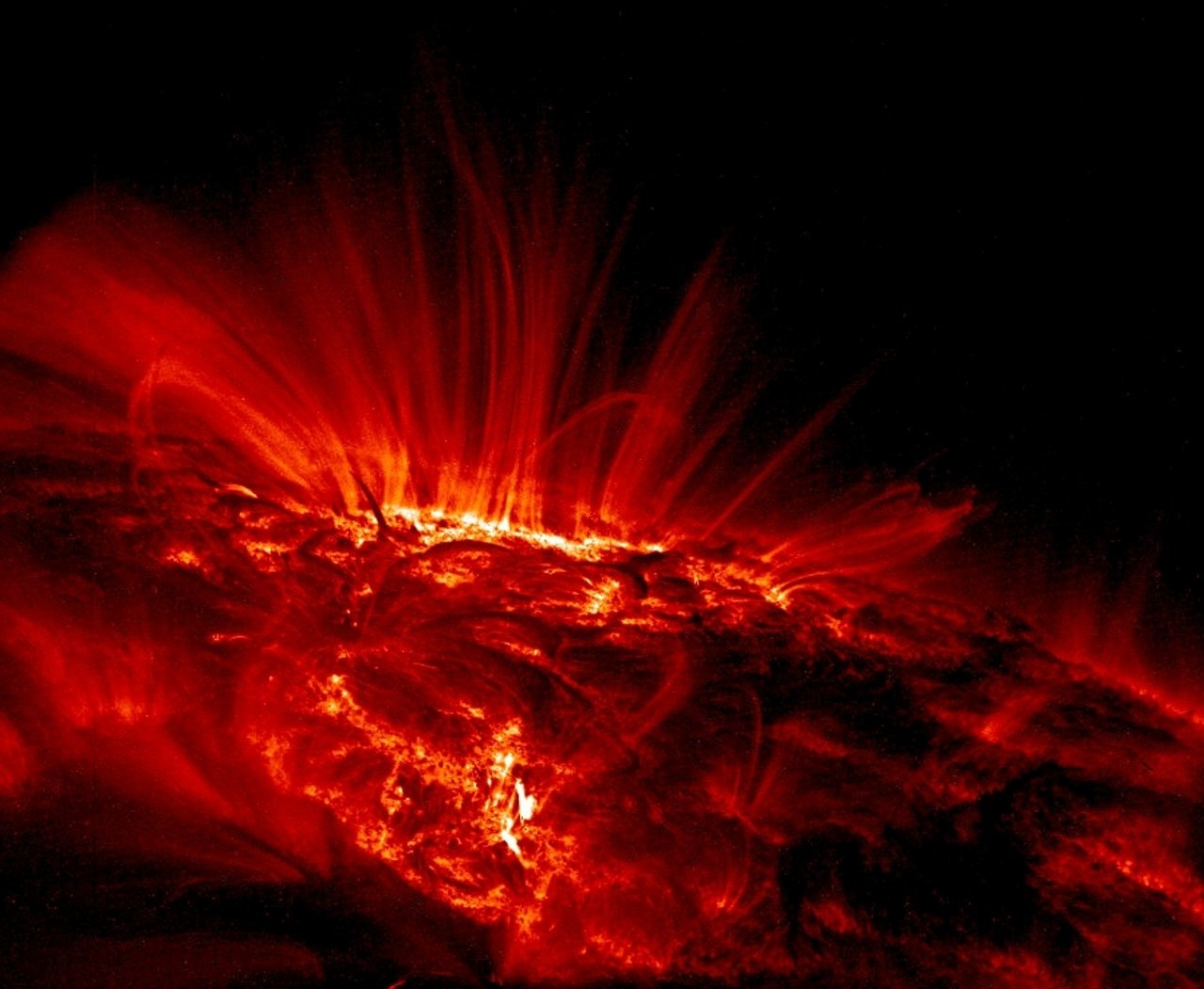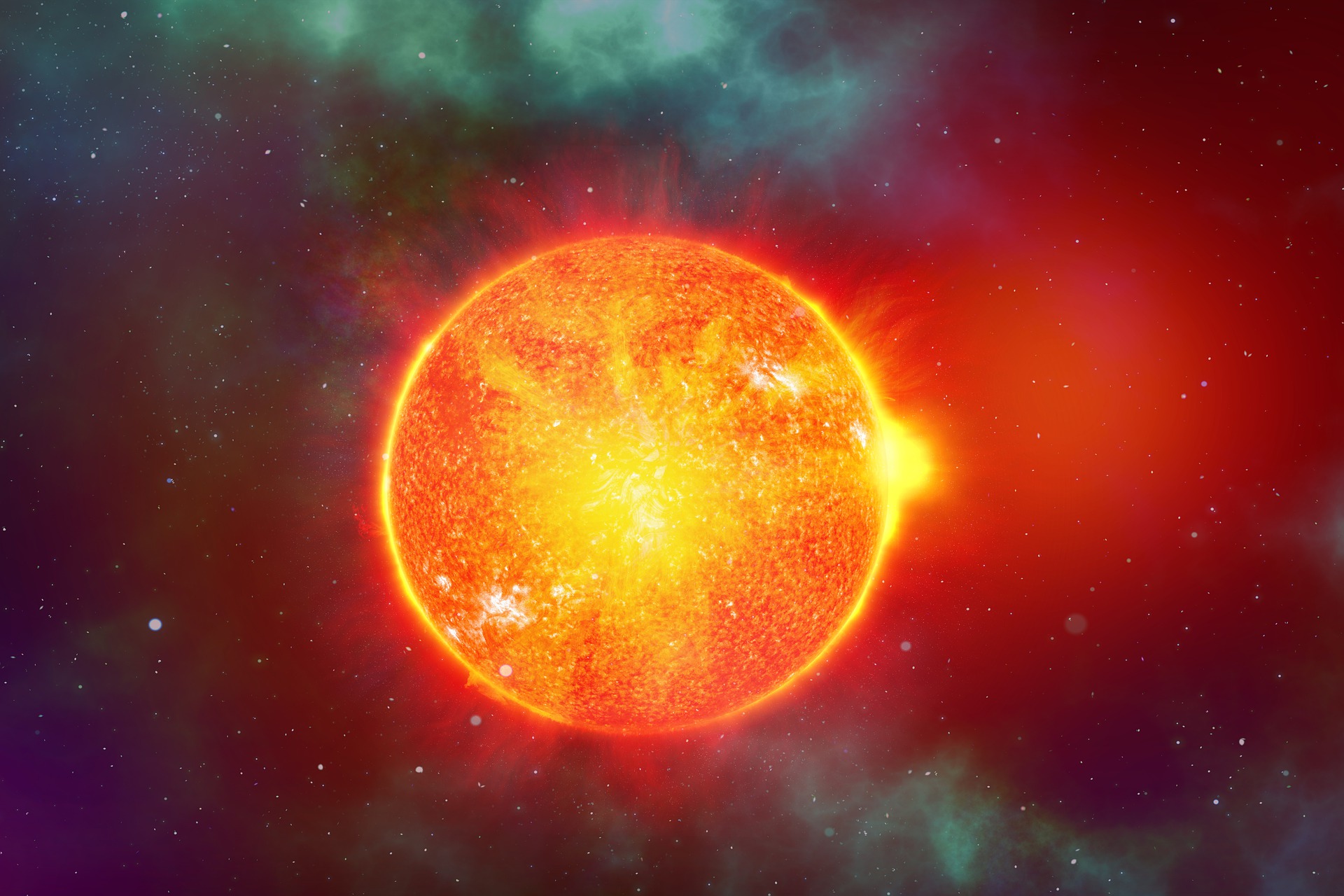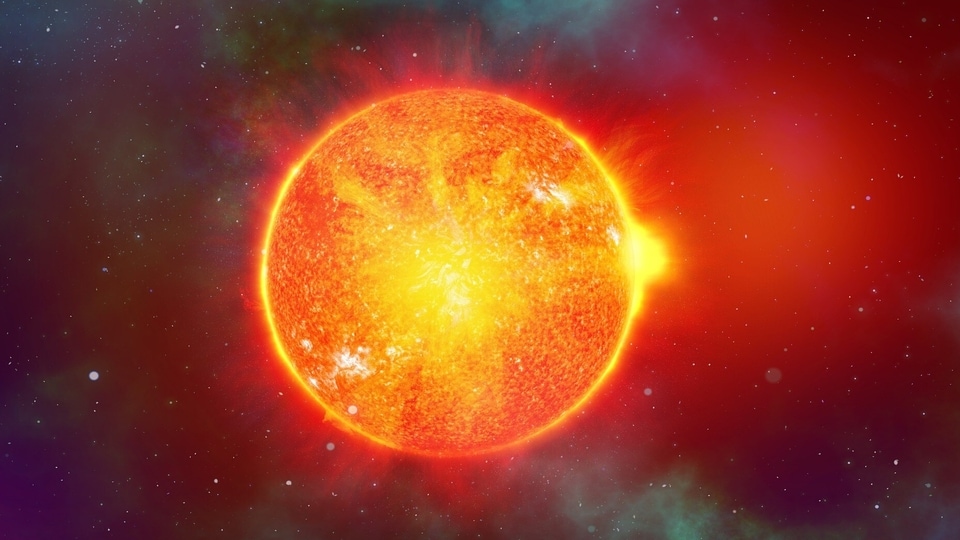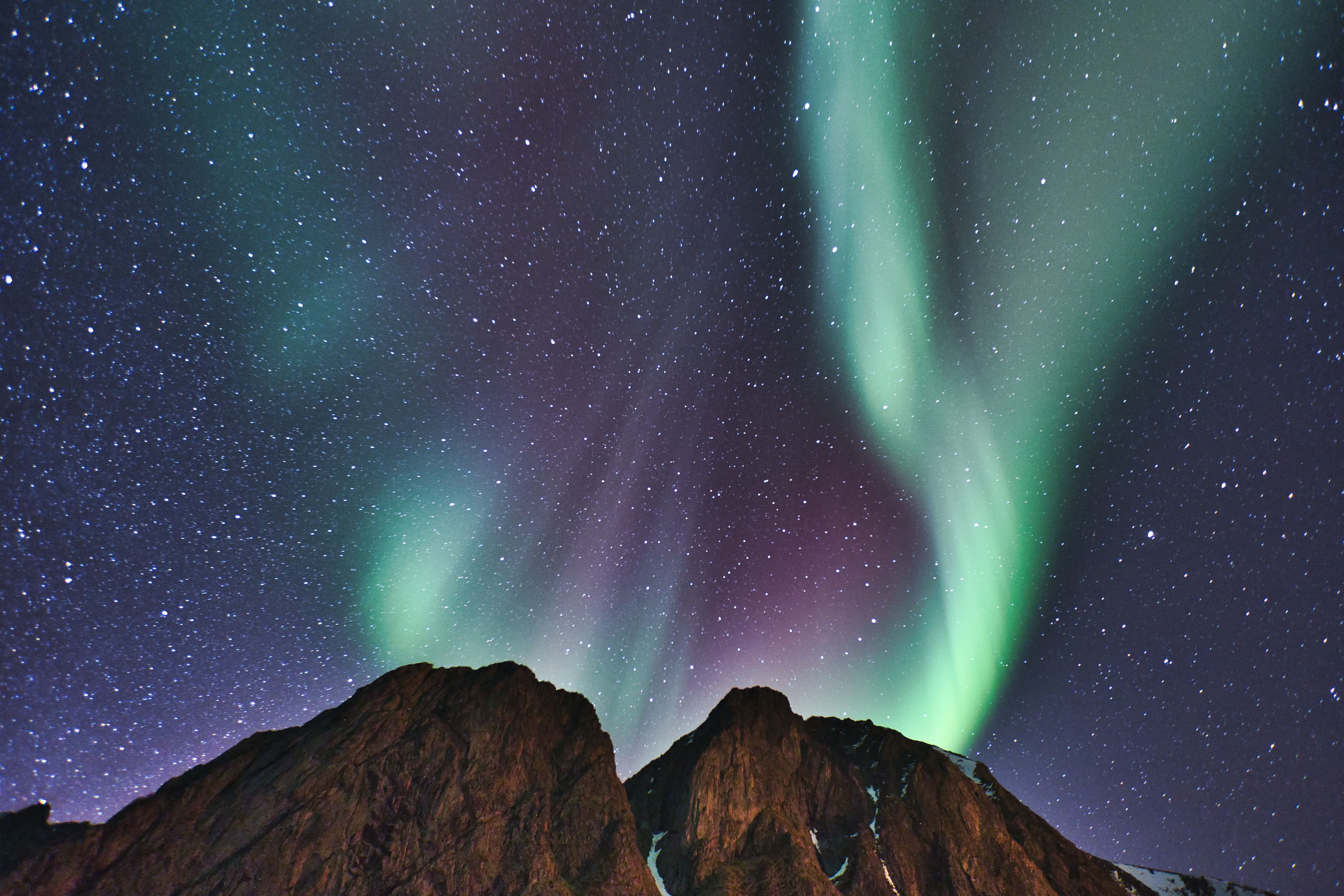WARNING! Solar Storm to hit Earth soon
Earth is at risk of an upcoming Solar Storm which could hit in the next few days. A recent report states that a huge solar flare has erupted from a sunspot and is headed for Earth. Here’s more about it.
_1639373804152.jpg)
_1650614444757.png)
_1650614444757_1650614518141.png)






First Published Date: 08 Aug, 10:06 IST
NEXT ARTICLE BEGINS


_1639373804152_1659933055983_1659933055983.jpg)




























